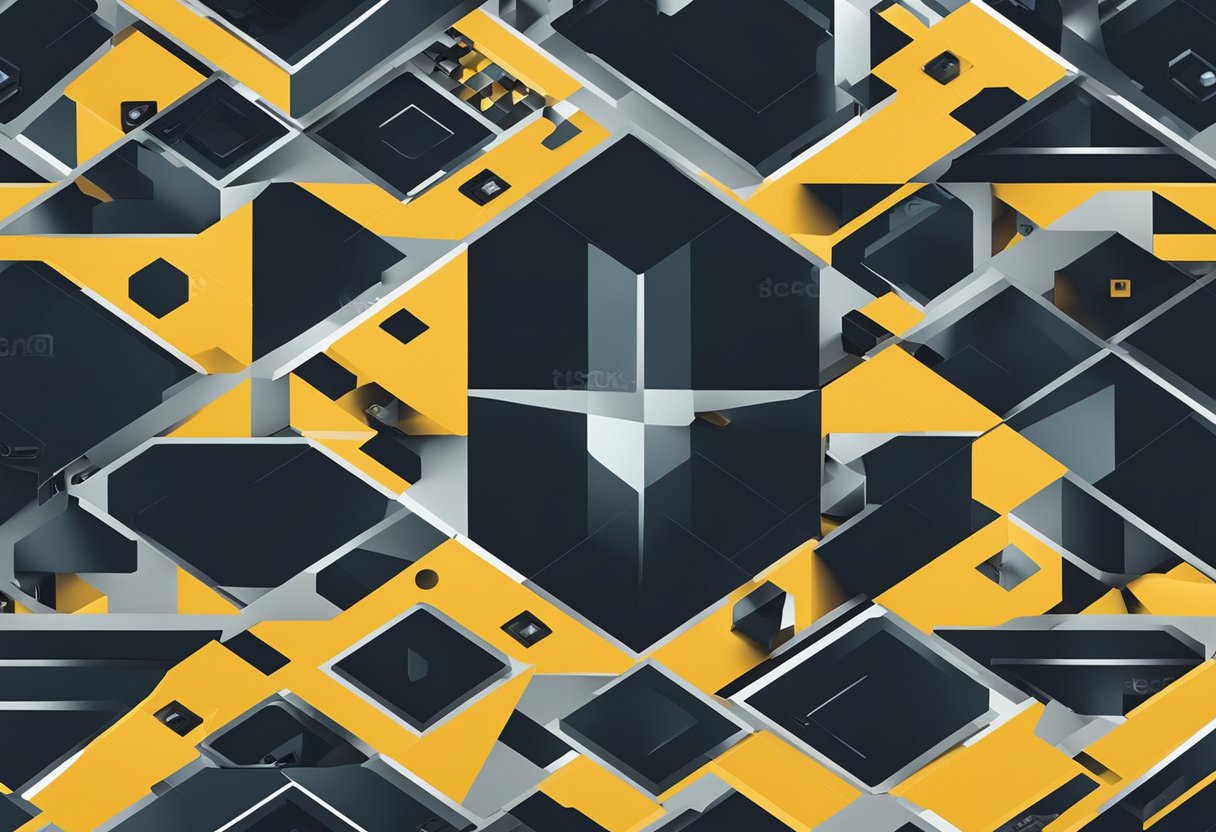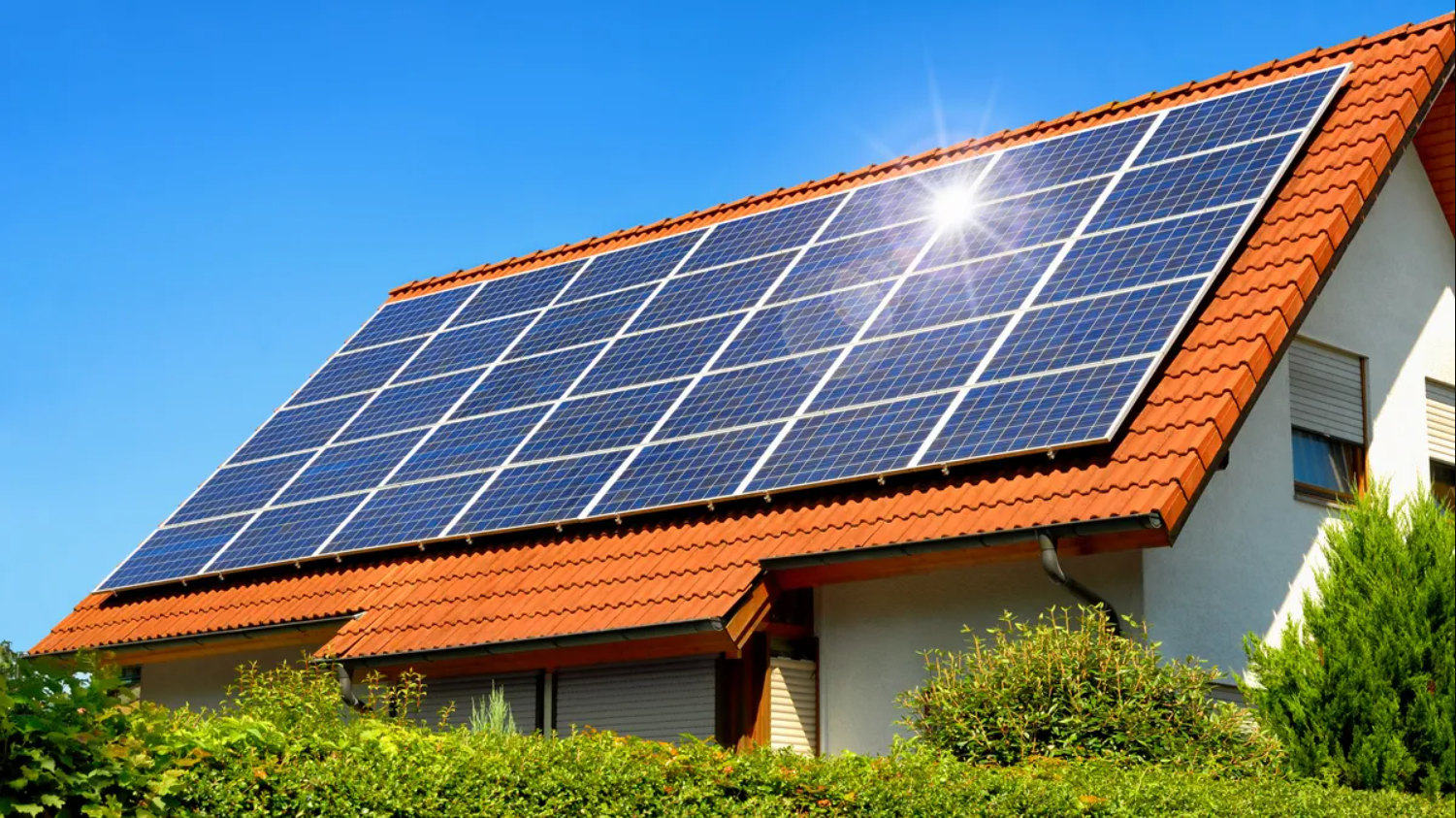XCV panels represent a significant innovation in control and display technology. As a revolutionary technology, XCV stands for various interpretations depending on the context, ranging from External Control Voltage in industrial setups to Xtreme Convergence Visual in display technologies. In industrial processes, they act as command centers, efficiently coordinating different components within a system to ensure smooth operation. Their pivotal role in managing complex machinery makes them indispensable for industries striving for automation and precision.

In the realm of display technology, XCV panels tout extraordinary visual clarity and are under development to potentially transform how users engage with digital content. Touted for their extreme convergence of visual capabilities, XCV panels aim to deliver crisp, clear images and may feature advancements such as improved backlighting systems and robust construction materials for enhanced durability and longevity. This potential for high-performance visuals positions XCV panels at the forefront of display technology innovations.
Understanding the versatility and scope of XCV panels is crucial as their application can range from optimizing industrial control systems to setting new standards in visual display quality. Their application in solar technology also indicates a capability for converting sunlight into electricity, suggesting a multi-faceted utility that bridges the gap between energy efficiency and cutting-edge technological advancement.
Overview of XCV Panels
XCV Panels represent a synthesis of cutting-edge technology and sustainability, offering a range of applications across industries. These panels are becoming increasingly relevant due to their technological advancements and their contribution to energy efficiency.
Technology and Innovations
XCV panels employ advanced materials, such as graphene and other conductive materials, to enhance their performance and versatility. These innovations contribute to panels that are not only more efficient but also offer improved flexibility and adaptability. The incorporation of semiconductor technology allows for better energy conversion rates, making these panels a competitive choice in the market.
- Innovations:
- Use of graphene for improved conductivity
- Advanced semiconductor integration for higher efficiency
Advantages and Benefits
The benefits of XCV panels are manifold, including their durability and reliability. These panels have been designed to withstand diverse environmental conditions, which contributes to their longevity.
- Benefits:
- Durability: Withstands various conditions, enhancing longevity
- Reliability: Consistent performance over time
Applications and Integration
XCV Panels are versatile, finding applications across a spectrum of industries, from healthcare and entertainment to navigation and augmented reality. In consumer electronics, XCV panels contribute to more energy-efficient designs, and their modular nature allows for seamless integration into various technological ecosystems.
- Industries:
- Healthcare
- Entertainment
- Navigation
- Consumer Electronics
Energy and Sustainability
A predominant feature of XCV panels is their energy efficiency and alignment with renewable energy initiatives. These panels can convert solar energy more effectively, thereby supporting the use of renewable energy sources. The use of XCV panels can also lead to a reduction in carbon footprint and carbon emissions due to their renewable energy capabilities.
- Sustainability:
- Enhanced solar energy conversion
- Reduction in carbon emissions
Future Prospects
Research and development in the domain of XCV panels is ongoing, with an aim to further enhance the efficiency and integration capabilities of these panels. The future of XCV panel technology is promising, with potential advancements that could revolutionize renewable energy and energy storage systems.
- Future Prospects:
- Continued research and development aimed at efficiency
- Potential advancements in energy storage systems
Design and Material Science
The XCV panel represents a convergence of material science and design, melding durability and adaptability through the use of lightweight, advanced materials like graphene. This section explores the composition and structural integrity that underpin the manufacturing techniques and display technology intrinsic to XCV panels.
Composition and Structure
XCV panels are a tapestry of cross-linked polymers and carbon fiber, forming a core that is both impact-resistant and flame-retardant. They capitalize on advanced materials such as graphene, which contributes to their superior strength-to-weight ratio. The panel’s adaptability is evident in its ability to be shaped into various forms without comprising its structural integrity.
- Durability: Utilizing robust materials ensures longevity and resilience
- Lightweight: Carbon fiber and polymers reduce the overall weight, enhancing their practicality across applications
Manufacturing Techniques
The production of XCV panels is steeped in innovative manufacturing processes. These processes enable the precise engineering of the panel’s microstructures, which directly influence their performance characteristics. Technological advancements have refined the ability to manipulate materials at the nanoscale for optimized functionality.
- Innovations: Advanced production techniques allow for enhancements in visual clarity and color accuracy
- Adaptability: State-of-the-art manufacturing enables the creation of panels tailored to diverse specifications
Display Technology
XCV panels, also known as eXtended Crystal Vision panels, utilize a distinctive pixel structure paired with sophisticated material science to push the boundaries of display technology. They are renowned for an unparalleled visual experience characterized by exceptional clarity, high color accuracy, and an extensive color gamut.
- Visual Clarity: High-definition resolution and clarity are hallmarks of XCV panel displays
- Color Gamut and Accuracy: The technology achieves superior color representation, ensuring that the display’s colors are both accurate and vibrant
Functionality and Performance

XCV Panels are engineered to deliver superior performance in power management and environmental control systems, with remarkable energy efficiency and reliable productivity at their core.
Efficiency and Output
XCV Panels exemplify high energy efficiency by optimizing electricity distribution, particularly in solar energy systems where they maximize power output from solar cells. They consistently demonstrate increased productivity through delivering optimal electrical performance while consuming less energy.
Monitoring and Calibration
These panels are equipped with the capability for thorough monitoring and real-time data visualization, allowing for precise calibration of system components. This ensures systems run at peak reliability and performance, with adjustments made seamlessly to maintain this standard.
Safety and Compliance
In terms of safety, XCV Panels are designed with rigorous safety protocols and security measures to protect against electrical hazards. Their construction and operations adhere strictly to industry compliance standards, ensuring that they meet all necessary safety and regulatory requirements.
Installation and Maintenance
Ensuring the efficient functioning and longevity of XCV panels requires adherence to specific installation guidelines and regular maintenance routines.
Setup and Connection
Proper setup of XCV panels involves securing the mounting structure to roofs or walls with due consideration to structural integrity and local building codes. The connection process should include:
- Cables and Wiring: Utilizing appropriate gauge wires to ensure safe and adequate electrical connections
- System Inspection: Verifying that all connections are tight and in compliance with electrical standards
Maintenance and Troubleshooting
To maintain efficiency and durability, regular maintenance should be conducted which includes:
- Visual Inspections: Periodically checking for physical damages or wear
- Electrical Assessments: Ensuring electrical components are functioning properly. In case of malfunctions, troubleshooting steps may involve:
- Review of the system’s wiring diagram
- Testing of individual components to isolate the issue
Cleaning and Care
XCV panels require routine cleaning to sustain their effectiveness. Key care points:
- Use of non-abrasive cleaning solutions to avoid surface damage
- Gentle wiping to remove debris and build-up from surfaces without causing scratches or other harm
Mounting Solutions
The mounting solutions for these panels should offer stability and adaptability for different surfaces such as windows and exterior walls. Important considerations involve:
- Load Assessment: Evaluating the load-bearing capacity of the installation site
- Weatherproofing: Ensuring that all mounting systems provide resistance against environmental stressors
Cost Analysis
The financial considerations for investing in XCV panels are a pivotal factor for potential adopters. Understanding the initial outlay, potential operational savings, and return on investment (ROI) is crucial for informed decision-making.
Initial Investment
The cost of purchasing and installing XCV panels can be significant. A specific model, like the XCV-360, provides an example with an efficiency of 21.5% and dimensions of 1700 x 1000 x 40 mm. However, the initial investment does not solely encompass the price of the panels themselves. Other costs may include:
- Necessary mounting equipment
- Inverter (to convert the generated DC power to AC for home use)
- Installation labor
- Possible site preparation costs or permits
Operational Savings
Once installed, XCV panels contribute to cost savings on energy bills due to their energy efficiency. Their efficiency lies in their ability to convert a higher percentage of solar radiation into electrical energy compared to some other panels, thus requiring less space to produce the same amount of power. These savings are magnified over time as energy costs continue to rise. Additionally, maintenance expenses remain relatively low, as XCV panels typically require minimal upkeep.
Return on Investment
The ROI of XCV panels is formulated by comparing the initial investment against the long-term operational savings. Given their durability and efficiency, XCV panels can be a valuable asset in the long run. They offer a cost-effective and renewable source of energy, potentially increasing a property’s market value. The ROI will variably depend on the following:
- Local energy prices and solar irradiance levels
- Available incentives or tax breaks
- Energy consumption habits of the household
By analyzing these factors, investors can project the time frame for their solar system to pay for itself through reduced utility costs.






